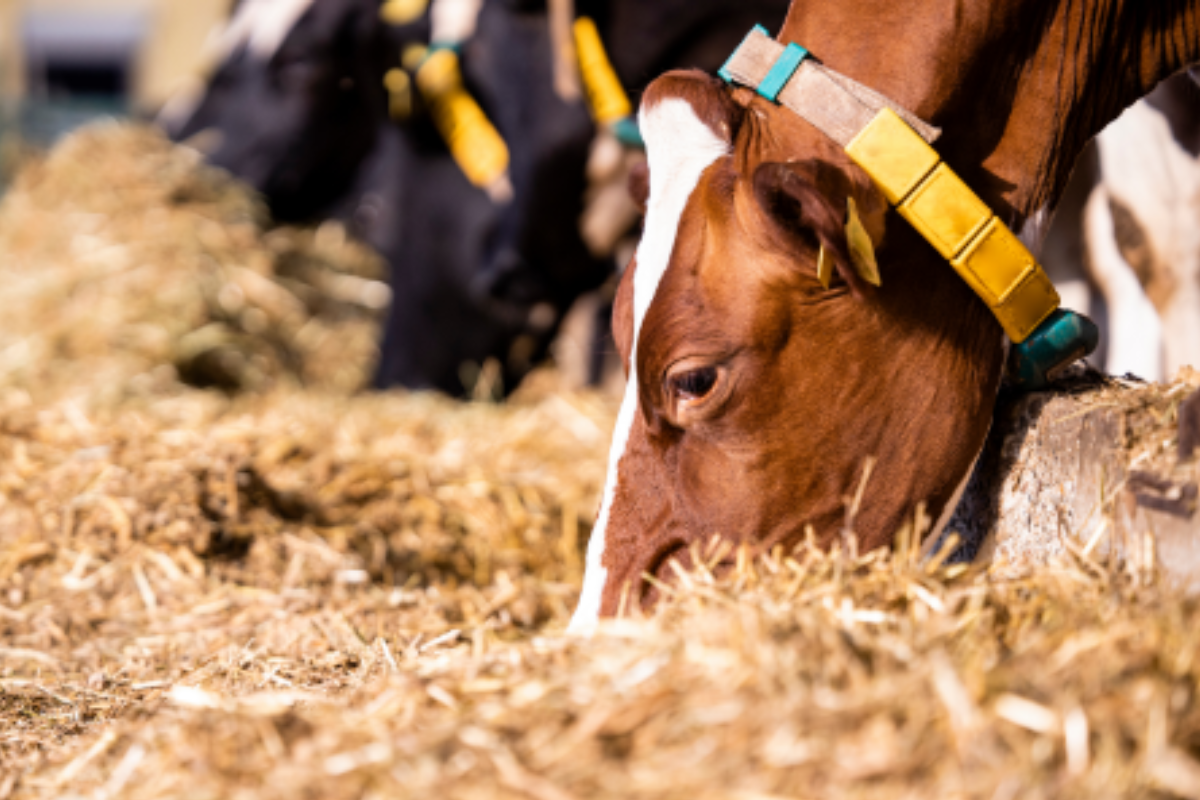1 Thing Most People Don’t Know about Mycotoxins Like DON.
Did you know... that mycotoxin contamination can lead to increased susceptibility to certain pathogens?
Mycotoxins as catalysts of infectious diseases.
Mycotoxins like deoxynivalenol (DON) or T-2 toxin are not only characterized by their direct harmful effects on the living organism. They can also have a negative impact on the effects of certain infections in animals. Studies have shown that increased contamination with DON promotes the invasiveness of Salmonella typhimurium and its survival in macrophages. DON also facilitates colonization of the pathogen in the intestines of broilers. Similarly, T-2 toxin promotes infection with S. typhimurium. Meanwhile, there are a variety of studies on such synergistic effects between mycotoxins and pathogens. Additionally, mycotoxins have direct toxin effects on cells, including:
Inhibition of protein biosynthesis
Impairment of the immune system
Damage to lipid membranes by peroxidative processes
Increase of intestinal permeability
Particularly DON is a major burden on the liver. It doesn’t only damage the organ itself, but the overload also leads to an accumulation of other undesirable, harmful metabolites. This is because important detoxifying enzymes are involved in the metabolism of DON.
Protect your animals with B.I.O.Tox Activ8.
Influencing complex interactions requires an equally complex counter strategy. This principle served as the basis for the development of our latest toxin binder: B.I.O.Tox Activ8. As a combination product, B.I.O.Tox Activ8 works in different ways:
Reduction of bioavailability of mycotoxins through irreversible binding. Advanced, high-potency binding components with a broad adsorption spectrum that are also effective against apolar Fusarium toxins including DON and T-2 toxin (Fig 1).

2. Detoxification and cell protection. Highly effective phytogenic components counteract the harmful effects and accelerate the breakdown of mycotoxins.

An added value for animal health and metabolism.
This multilateral approach protects the animal from the harmful effects of mycotoxins on different levels. The mineral binding component acts immediately after oral absorption before the extremely toxic mycotoxins could affect gravely the intestinal epithelium and other sensitive structures.
At the same time, the phytogenic components counteract comprehensively the effects of mycotoxins at the cellular level. For more than 2,000 years, milk thistle has been used successfully in human medicine, primarily in the treatment of liver disorders. It has also been used for years in veterinary medicine. Milk thistle extracts have antiperoxidative, anti-inflammatory and detoxifying effects. Grape seed extracts are similarly well-known and characterized by their powerful antiperoxidative effects.
The outcome of this plant-based cooperation is:
Reduction of oxidative stress
Protection of lipid membranes
Stabilization of the immune system
Improved liver function
Metabolism is subjected to considerable stress at today’s performance levels anyway. It benefits significantly from these diverse effects, even without the additional stress caused by mycotoxins.
If you suspect that your animals are suffering from mycotoxin contamination, you can request a laboratory analysis from our MycService. Simply send us a feed sample and we will analyze it to determine the presence and type of contamination and offer you a tailor-made solution.











